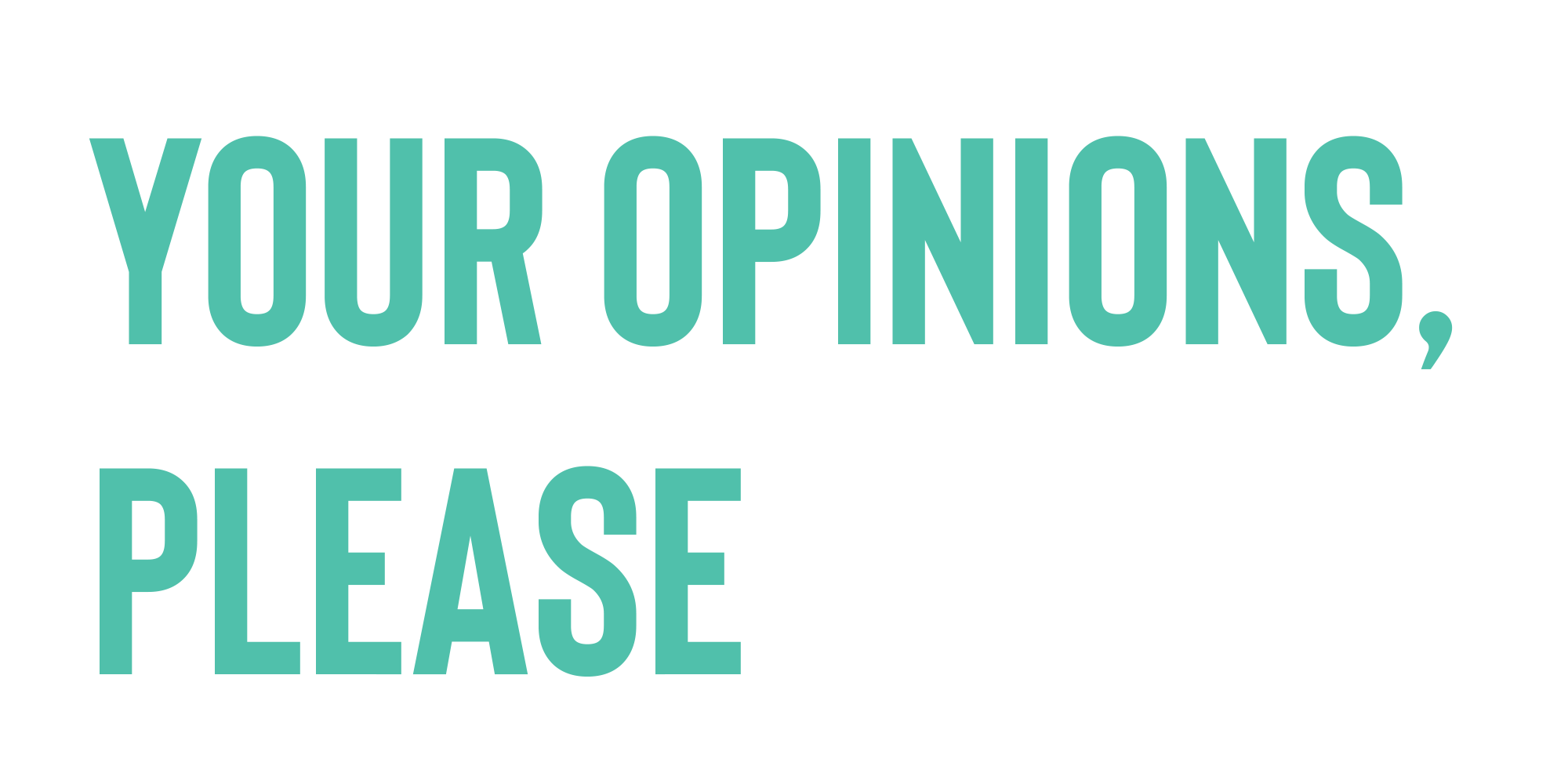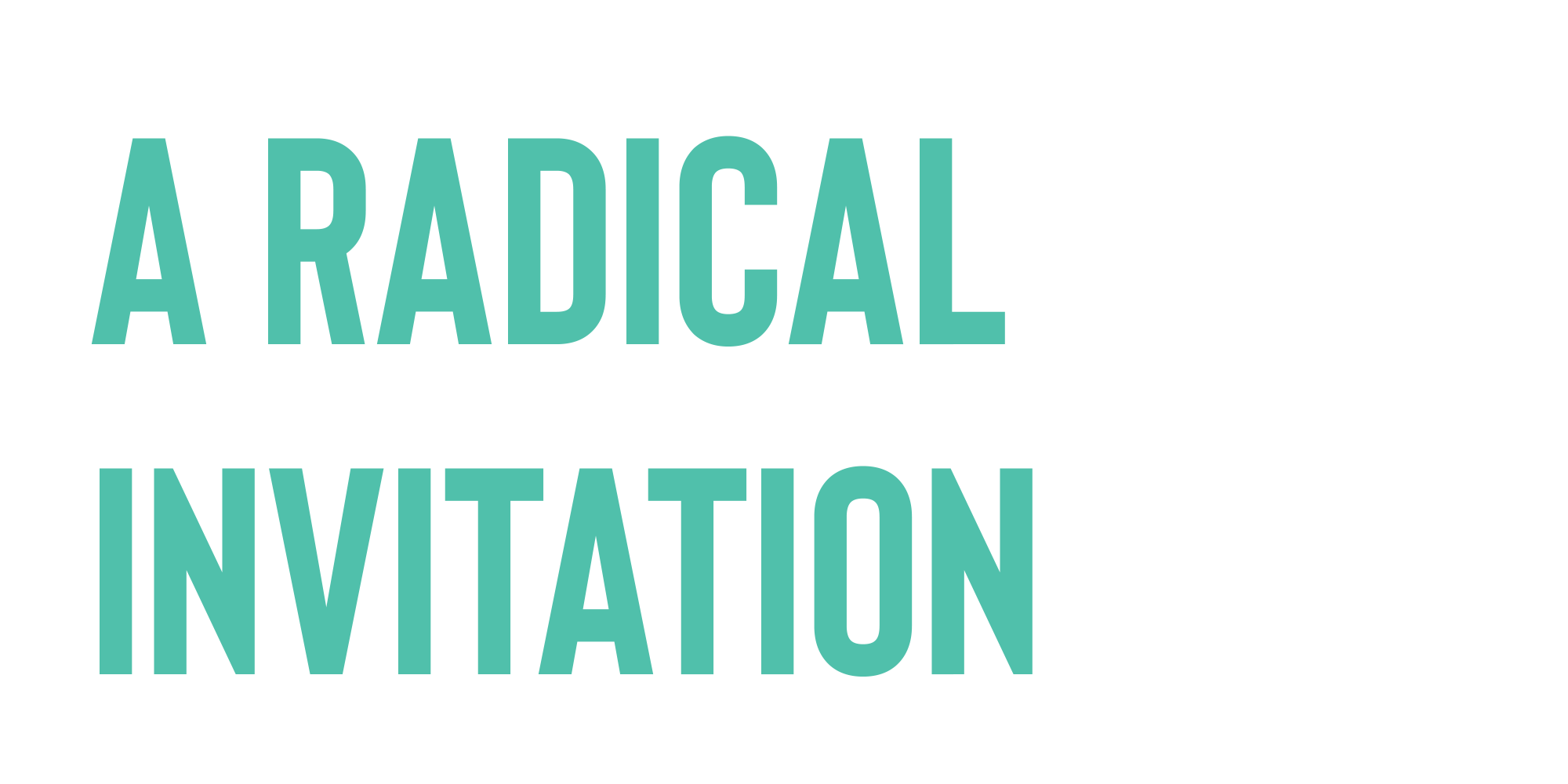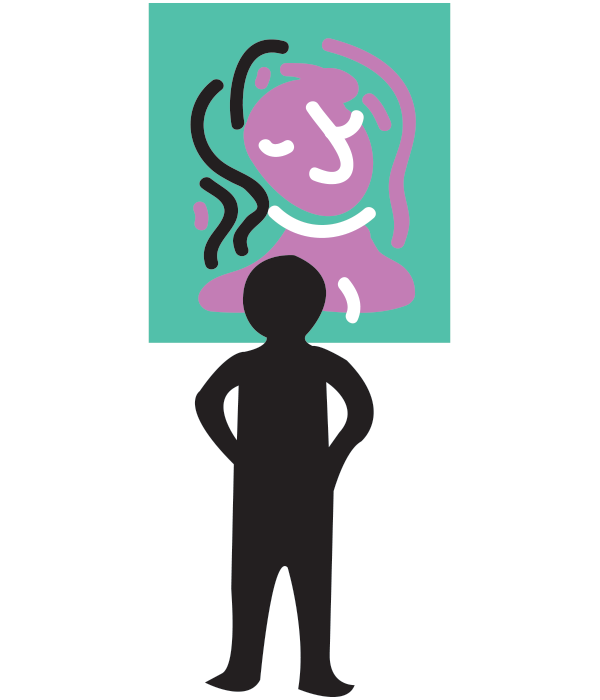

They’re loud. They sit on the floor. They hide behind chairs and romp around the room. It’s a fifth grade takeover at the first-floor gallery of the Plains Art Museum. They may not act like traditional gallery-goers, but the 7,000 students who walk through the Plains’ doors each year are exactly the kind of visitors the museum wants to see.

The kids look at artwork by Andy Warhol, talk about how to make a lithograph and spend the second half of the tour sinking their hands into squishy gray clay. Their task? To construct a ceramic hamburger complete with as many toppings—cheese, pickles, french fries, olives and bacon—as they can pile onto their patties. The moment the teacher sets a wedge of clay in front of each student, the fifth graders pick it up and start smacking it between their palms to form a dome-shaped bun.
“We’re transforming what a museum can be,” says Andy Maus, the director and CEO at Plains. “We still have collections work, but we’ve opened up avenues to be a making space, a looking space and a learning space. We’re not just a place that has things, we’re primarily a place that does things.”

As Plains employees filed into the room for one of the first all-staff monthly meetings, Andy noticed a peculiar trend. While most of his team sat at chairs around the table, the teaching artists and visitor services staff picked up their chairs and moved to a corner away from the group.
“They physically put themselves in a different spot in the room like they weren’t supposed to be here,” says Andy. What he saw were two groups of people who felt disengaged, disempowered and unwelcome. He wanted the opposite. So at the end of each meeting, the director started to make a habit of going around the room and asking each person by name if they wanted to add anything to the meeting before it ended.
“Those little things make you feel included,” says Katherine Rieck, the assistant director of education. “When you’re given the freedom to have an opinion and respected for that opinion, it allows you to feel vested in the institution.”

No one sits in the corner anymore. Instead, the Plains capitalizes on one of its most invaluable resources to guide its direction forward: employees eager to participate in meaningful work. The museum routinely asks staff to weigh in on matters within and outside of their job descriptions, departments or expertise. “It’s important people have the power not just to express themselves, but to influence their work,” says Andy. “Everyone has to have a voice at the Plains, regardless of the position that they’re in.”
While other museums rely on a single curator or team of curators to organize exhibitions, the Plains depends on a curatorial team made up of staff from a range of departments including education, visitor services, Native American programming and studio management. This untraditional lineup leads to more thoughtful shows that not only give audiences something to look at, but also provides the Plains something to program around. “In some museums, there is still an old guard of curators who don’t engage the community. They just want to put art up and make it look good,” says Andy. “What we like to do is create dialogue between different things that are happening in the museum at the same time.” Thanks to a mix of perspectives on the curatorial team, the Plains is able to prevent silos in its work and find ways to connect its programs across departments and to the wider community.
“Different people see different things. The person sitting at the front desk sees the people coming in. We don’t always see that,” says Laura Youngbird, a member of the curatorial team who also serves as the director of Native American programs. Good ideas don’t flourish in spaces where people are fighting for power, she says. “To have all of those different perspectives recognized and validated makes us so much more effective.”


From her office window, Netha Cloeter, the director of education and social engagement at the Plains, can see the steeple on the building where the First Sudanese Lutheran Church congregates. As Fargo’s population rapidly diversifies, the museum realized it needed to reexamine how much it understood about its community. To get to know the city’s newest residents, the Plains embraced a shift in strategy—instead of focusing on partnerships that resulted in products, it wanted to invest in partnerships that centered on relationships.
With no preconceived agenda or project in mind, the Plains struck up a monthly meeting in 2015 with leaders from three other organizations in town: the Kurdish Community of America, the First Sudanese Lutheran Church and the Fargo-Moorhead Coalition for Homeless Persons. At a minimum, each partner wanted the other collaborators to feel welcome at their organizations. The idea was that regular and ongoing communication between community groups could spur possibilities for unexpected programs and partnerships that would be responsive to community needs.

However, asking small nonprofits that have few, if any, paid staff to dedicate additional time to a partnership without a tangible goal wasn’t easy. “We didn’t have an idea of where we were going,” says Netha. “It’s hard to have meetings around a really open agenda.” As a show of faith, the Plains applied for a grant to compensate each organization for its time and leadership. That took off some of the buy-in pressure.
To avoid any one organization taking the lead over the others, the cohort has hired a community liaison to guide meetings. This person helps create the agenda, steer the direction of the group and present questions to encourage discussion. Monthly gatherings start with an update from each organization about what they’ve learned and the progress they’ve made over the last month. After that, the group shifts to talking about public art projects and socially engaged art ideas they could work on together. “If you’re working with communities of color that are not your own, you have to monitor your air time,” says Netha, who lets partner organizations share before the Plains does, even if that means the group runs out of time to hear updates from the museum. “There has to be more time to listen than for talking.”
The cohort is just another way the Plains shapes projects with the community, not for it. When the museum first started meeting with the First Sudanese Lutheran Church, it learned members could barely afford to make rent on their building each month and that the church’s students struggled in school. “It’s a much bigger [challenge] than putting art on the walls can solve,” says Netha. However that kind of open dialogue keeps local partners in tune with one another to explore the unique ways they can leverage creativity—and the museum’s resources—to meet the larger needs of the community. The Plains connected the Sudanese church to grant writing support, helped members navigate funding sources and even brought the museum to the students through pop-up workshops at the church’s Saturday tutoring sessions.
Art activities got the kids fired up to come in and get homework help, and allowed Sudanese youth to tap into a new avenue of cultural and creative expression without ever leaving their home turf.
That’s exactly the kind of outcome Plains hopes to create through their programs. As Andy puts it: when you have a diversity of perspectives, “You get a better result in the end.

Produced in partnership with the Bush Foundation
to showcase the culture of innovation
behind its Bush Prize winners.
Contributors



